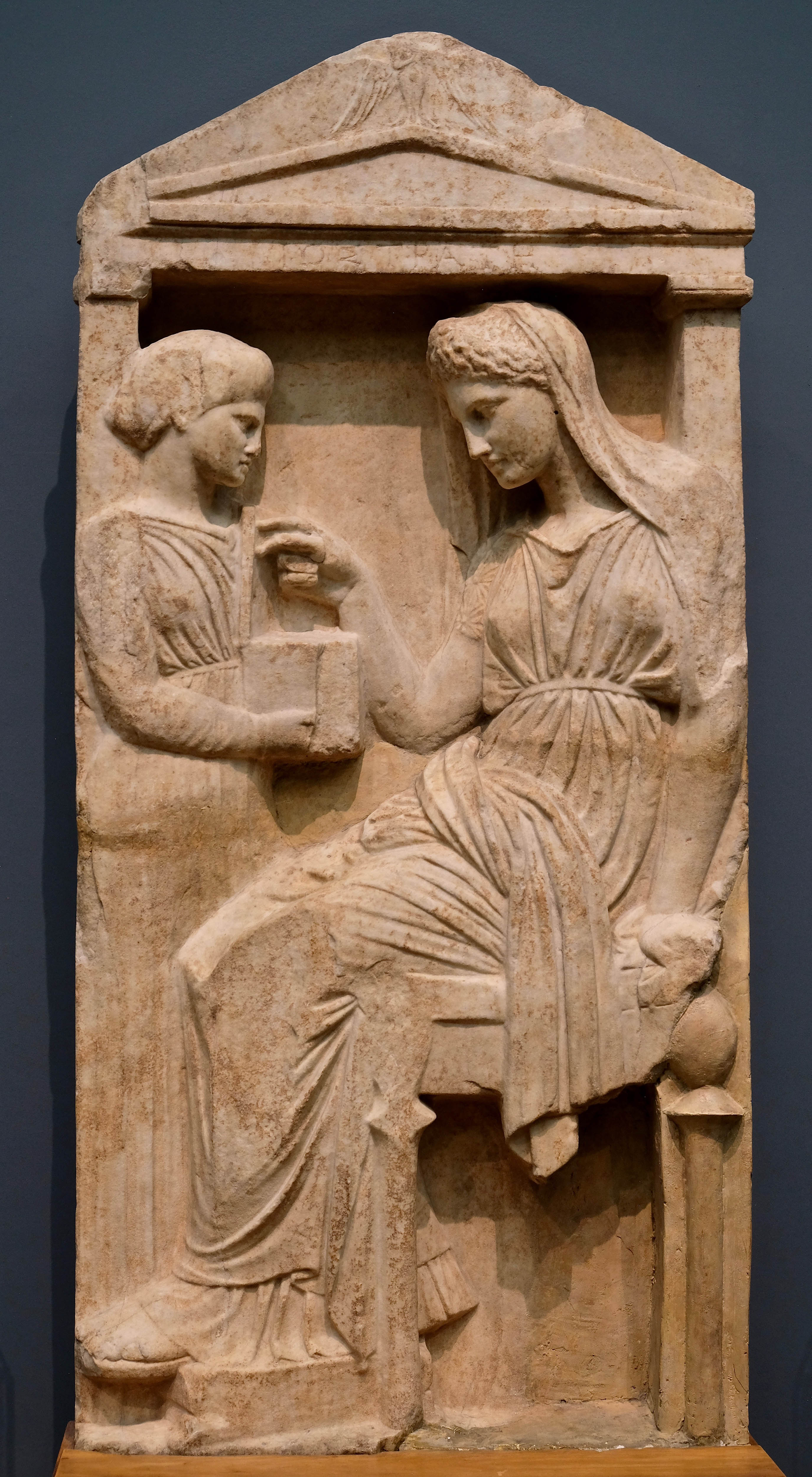 Paul Denis (ROM) and Bjorn C. Ewald (U of T) are leading a collaborative project cataloguing the ROM's collection of over 150 pieces of Greek and Roman marble sculpture, spanning from the Greek Archaic period to the late Roman era (ca. 700 BC to 400 CE).
Paul Denis (ROM) and Bjorn C. Ewald (U of T) are leading a collaborative project cataloguing the ROM's collection of over 150 pieces of Greek and Roman marble sculpture, spanning from the Greek Archaic period to the late Roman era (ca. 700 BC to 400 CE).
The ROM's collection of Greek and Roman marble sculpture initially formed under the stewardship of Charles Currelly, the museum's first director in 1914, has grown over the last century to become the most important collection of its kind in Canada. Unfortunately, only very few of its pieces have been adequately published by former curators such as Cornelia Harcum in the 1920s and Neda Leipen in the 1970s–1990s; the majority is either imperfectly known or totally unpublished. The sculptures have never received the complete coverage they deserve. In fact, a number of pieces on display and in storage at the ROM are currently believed to be "lost" by the scholarly world. The current state of publication is lagging behind that of all other comparable North American (and most European) collections. Given the fact that this is Canada's flagship collection of ancient art, the present state of affairs is somewhat discomfiting.
This proposed catalogue of the ROM's collection will remedy the situation. Each object will be described, contextualized, interpreted, and accompanied by one or more high-quality images. The catalogue work involves extensive primary research on each individual piece—research that has already produced (and will continue to produce) significant, wide-ranging insights into the production and reception of sculpture in ancient Greece and Rome. During Winter 2020, twelve graduate seminar students took part in a pioneering and pedagogically innovative graduate course (FAH2038H) and wrote 71 catalogue entries. The remaining 84 entries will be completed by the editors and a small number of other (Canadian and international) experts and graduate students in the field. This project marks the beginning of an increased collaboration between the two institutions and offers rich opportunities for the involvement of students on various levels—from object-based learning to independent primary research. The final catalogue—which addresses not only experts but also the general public—will greatly raise the visibility and international profile of the collection and generate renewed and vigorous scholarly interest.
We welcome alumni support in this collaborative project. Alumni play an integral role in supporting student participation in research opportunities. Please reach out to us via email to find out ways to get involved!


